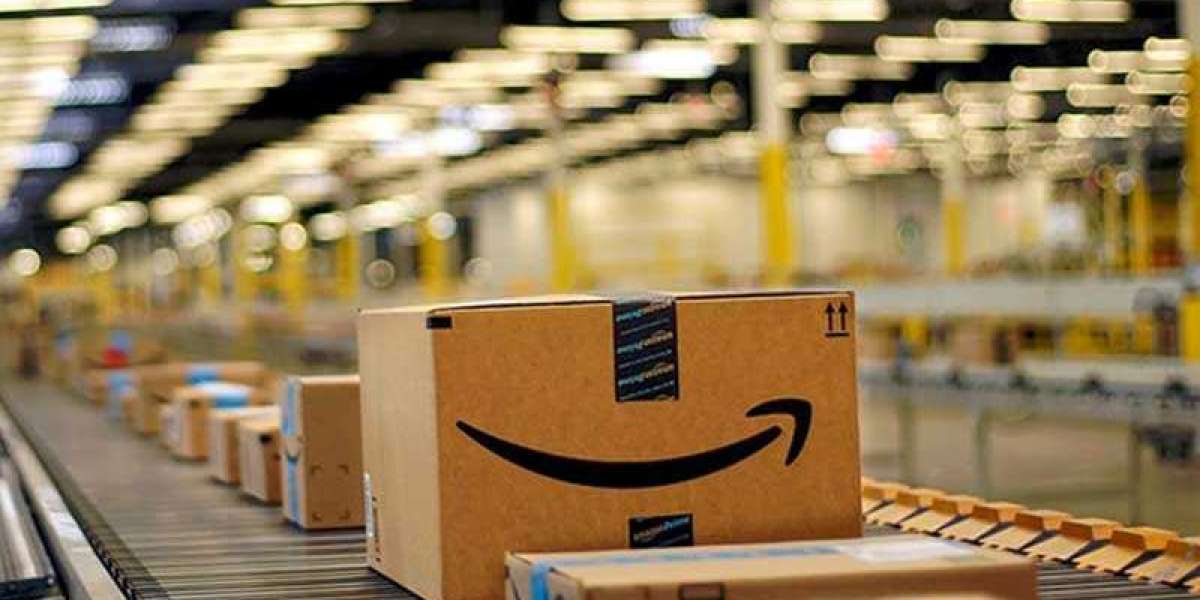In the industrial packaging industry, choosing the right material is crucial for protecting products, ensuring efficient logistics, and meeting sustainability goals. Cardboard and plastic are two of the most common materials used, each with distinct advantages and drawbacks. This comprehensive guide examines these materials in-depth to help businesses make informed decisions.
1. Understanding the Role of Packaging in Industry
Industrial packaging solutions to protect products, facilitate transportation, and support branding. Beyond these functions, materials used for packaging impact environmental sustainability, cost-efficiency, and logistical considerations. The right packaging choice ensures durability, cost-effectiveness, and can reduce a business's environmental footprint.
2. Overview of Cardboard Packaging
Composition and Manufacturing of Cardboard
Cardboard, typically made from recycled paper fibers, consists of layers of kraft paper. Its main types include corrugated cardboard (used for sturdy shipping boxes) and solid board (often used for smaller product packaging). This renewable and recyclable material is valued for its low environmental impact and versatility in industrial applications.
Advantages of Cardboard in Industrial Packaging
Sustainability: Cardboard is biodegradable and easily recyclable. Made primarily from recycled materials, it can be repurposed into new packaging or other paper products, helping to reduce waste in landfills.
Cost-Effectiveness: Cardboard is typically more affordable than plastic, making it a popular choice for businesses with high-volume packaging needs.
Lightweight: The lightweight nature of cardboard reduces shipping costs and simplifies handling, making it efficient for warehousing and transportation.
Customizability: Cardboard is easily customizable, allowing businesses to create branded and unique packaging. It can be printed on, cut into various shapes, and folded to create unique designs.
Protection: Corrugated cardboard provides excellent shock absorption and insulation, making it ideal for protecting fragile items during transit.
Limitations of Cardboard
Durability Issues: Cardboard can become weakened by moisture or extreme weather conditions, reducing its reliability for long-term storage or transportation of heavy items.
Limited Reusability: Cardboard packaging typically has a limited lifespan. Once it sustains damage or becomes wet, it may need to be discarded or recycled.
Limited Transparency: Unlike plastic, cardboard does not allow for visual inspection of contents without opening the packaging, which can be inconvenient in certain industries.
3. Overview of Plastic Packaging
Composition and Manufacturing of Plastic
Plastic packaging comes in various forms, including polyethylene (PE), polypropylene (PP), and polyethylene terephthalate (PET). These polymers are derived from petroleum and possess unique characteristics that make them useful for industrial applications. The plastic packaging industry offers a wide array of options, from lightweight films to robust, reusable containers.
Advantages of Plastic in Industrial Packaging
Durability: Plastic is highly durable and can withstand rough handling, extreme temperatures, and moisture exposure without deteriorating. This resilience makes it suitable for heavy-duty applications and long-term storage.
Moisture Resistance: Unlike cardboard, plastic is naturally resistant to water and moisture, providing better protection for items in humid or damp environments.
Reusability: Many plastic containers, such as crates and pallets, are designed for repeated use, helping to reduce overall material consumption in the long run.
Versatility: Plastic can be molded into various shapes, sizes, and thicknesses, making it adaptable to diverse packaging needs, from small components to large industrial equipment.
Transparency: Clear plastic packaging allows for easy identification of contents, which can be valuable in inventory management and retail environments.
Limitations of Plastic
Environmental Concerns: Plastic production relies heavily on fossil fuels, contributing to greenhouse gas emissions. Additionally, plastic waste does not decompose quickly, creating environmental pollution if not properly managed.
Higher Initial Costs: While some plastic packaging options offer cost savings through reuse, the initial costs for durable, reusable plastic containers can be higher than single-use cardboard options.
Recycling Challenges: Although plastic is recyclable, it requires specialized processes, and recycling rates vary by location and type of plastic. Improper disposal leads to long-term pollution issues.
4. Environmental Impact Comparison: Cardboard vs. Plastic
Carbon Footprint
Cardboard has a lower carbon footprint than plastic due to its renewable source materials and the lower energy required for production. Plastic, derived from petroleum, has a high carbon footprint, primarily due to the extraction and refining processes involved in its production.
Recyclability and Waste Management
Cardboard is biodegradable and can be recycled multiple times, leading to a more sustainable end-of-life cycle. Plastic, while recyclable, often ends up in landfills or as litter due to recycling challenges. Plastic waste has become a significant environmental concern, particularly regarding its impact on marine ecosystems.
Energy Efficiency
The energy required to manufacture and recycle cardboard is generally lower than that for plastic. While plastic can be more energy-efficient for high-strength applications due to its durability, single-use plastic packaging adds significant energy demands throughout its lifecycle.
5. Performance and Durability in Different Conditions
Weather Resistance
Plastic packaging performs better in humid or wet environments, as it is unaffected by water. Cardboard, in contrast, can weaken when exposed to moisture, limiting its use in certain conditions.
Strength and Durability
Plastic is known for its tensile strength and ability to carry heavy loads without breaking. For items that require robust protection, plastic is often preferable over cardboard. However, reinforced or corrugated cardboard can offer substantial strength, especially for products that are not overly heavy or sensitive to moisture.
Longevity and Reusability
For applications requiring long-term storage, plastic is typically superior due to its durability. Cardboard, while cost-effective for short-term use, does not offer the same longevity without sustaining damage.
6. Cost-Effectiveness in Industrial Use
Initial Costs and Long-Term Savings
Cardboard is generally more affordable upfront, making it a cost-effective choice for businesses with high packaging turnover. Plastic, while initially more expensive, offers potential savings through reusability. Companies should assess their needs to determine whether single-use or multi-use packaging better aligns with their budget and sustainability goals.
Shipping Costs
The lightweight nature of cardboard often makes it less expensive to ship compared to heavier plastic containers. However, for products needing strong protection against impacts, the additional weight and cost of plastic may be justified.
7. Which Material is Best for Industrial Packaging?
When selecting between cardboard and plastic, businesses should consider their specific operational needs, environmental priorities, and budget constraints. Here’s a summary to guide decision-making:
Choose Cardboard if:
- Sustainability and low environmental impact are primary concerns.
- The packaging will be used for lightweight, non-moisture-sensitive items.
- Short-term or single-use packaging suffices.
- Cost savings in initial packaging expenses are a priority.
Choose Plastic if:
- Durability and moisture resistance are crucial.
- Packaging will be reused multiple times.
- The product requires heavy-duty protection against impacts.
- The packaging will be exposed to varying weather conditions.
Conclusion: Striking a Balance Between Cardboard and Plastic
Both cardboard and plastic packaging have unique strengths and limitations. For businesses prioritizing environmental sustainability, cardboard offers a renewable, recyclable solution that minimizes carbon footprint. For those seeking durability and reusability, plastic remains a strong option despite its environmental challenges. Evaluating product needs, budget, and sustainability goals will enable businesses to make the most effective packaging choice.







